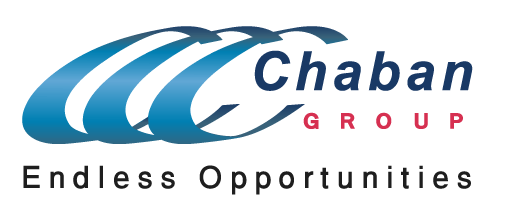In the dynamic field of medical technology, understanding the complete product lifecycle of a medical device is crucial. From the initial concept to post-market surveillance, each stage plays a vital role in ensuring the device is safe, effective, and beneficial for patients.
1️⃣ Conceptualization: This is where it all begins. Innovative ideas are born, often from identifying a clinical need or improving upon existing solutions.
2️⃣ Design & Development: The idea is transformed into a tangible product. This involves rigorous design, engineering, and testing processes to ensure the device is functional, safe, and meets regulatory standards.
3️⃣ Regulatory Approval: Before a device can be marketed, it must undergo a thorough review by regulatory bodies like the FDA or EMA. This ensures the device’s safety and efficacy.
4️⃣ Production: Once approved, the device goes into production. Quality control is paramount to ensure each unit meets the established specifications.
5️⃣ Market Launch: The device is introduced to the market. This involves marketing strategies to reach potential users and healthcare providers.
6️⃣ Post-Market Surveillance: Even after the device is on the market, manufacturers must monitor its performance and safety. This can lead to further improvements and innovations.
Understanding this lifecycle is key to successfully navigating the medical device industry. It’s a journey of continuous learning, improvement, and innovation.



